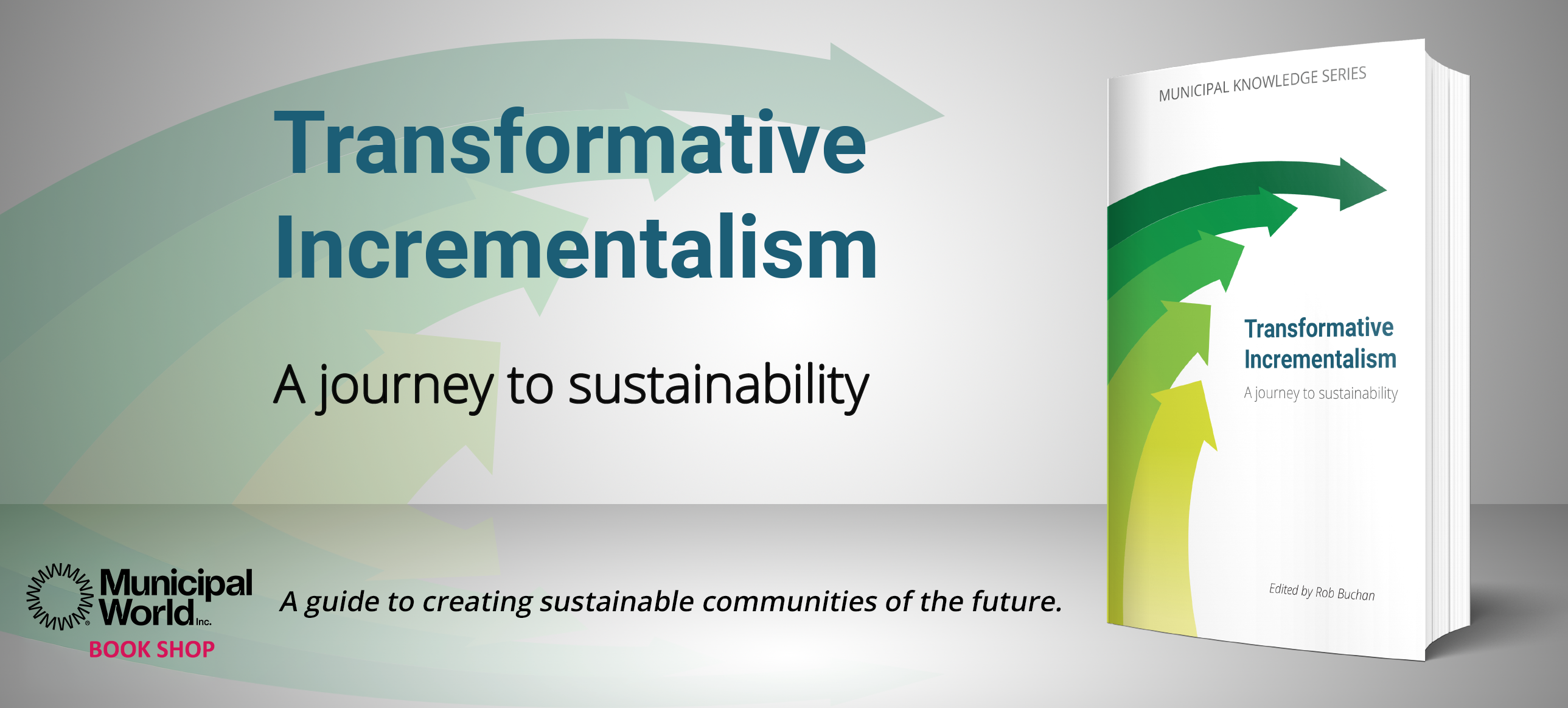Talkin' bout my generation

A Millennial’s take on shifting workforce demographics
From water-cooler chats, to executive conversations on workforce planning, people are grumbling, “The Millennials are coming. The Millennials are here!”
Understanding Millennials
Millennials (born between 1980-2009) are a rather frightening bunch. They replace notebooks with iPads, suits for hoodies, and 15-minute breaks with power lunches that may include networking, exercising, or stopping at the farmers’ market on the way back to their open offices. Even more startlingly, Millennials are multi-tasking, able to walk, talk, listen, type, text, blog, tweet, eat, tune-in, and tune-out all without missing a beat.
When people describe this generation, the same three words are repeated – cocky, deserving, and entitled. A commenter in a Globe and Mail article about the Montreal Police Service’s actions during the tuition fee protests sums up much of what is written about Millennials: “These entitled brats are the lowest hanging fruit of society … If you want something, then WORK for it. If you can’t get a job because you chose to get a master’s degree in medieval Swedish puppetry and mime studies, you have no one to blame but YOURSELF (and maybe your foolish parents who were too worried about being buddies with their son, little Timmy Snowflake under the guise of protecting his self-esteem, rather than telling him the truth)!”
There is no disguising the negativity directed at Millennials, nor is this an isolated comment. Remarks about Millennials are characteristically negative, largely based on observations that Millennials are a self-centred generation with their Instagrams, GoPros, Snapchats, Bloggers, and of course Tumblrs. In addition, the complaints made against Millennials include the observation that they require constant praise, they are disrespectful of superiors, and they are always asking why. To put it lightly, this generation – my generation – is presented as the worst thing to happen to the workforce – ever. The fear is that Millennials lack maturity to understand business or lack the commitment to make a difference. Working for an organization with an average age of 45, I have on occasion intentionally misled my colleagues about my age to alleviate their doubt regarding my contributions.
Beyond Misguided Fears
Beyond the misguided fears about Millennials, there are, in fact, many advantages to Millennials joining Canada’s workforce. Joel Stein, in a recent article in Time magazine, “Millennials: The Me Me Me Generation,” describes Millennials as being both resourceful and adaptable. Not only are Millennials adept with new technologies, they are able to easily adjust as an organization’s culture changes. Millennials not only talk about change, they live it. Living change is necessary considering the amount of job hopping Millennials do. A 2012 survey highlighted this need for change, noting that 91 percent of Millennials expect to stay in a job for less than three years. This is equivalent to having 15 to 20 jobs over the course of their careers. This is a significant change from previous generations, and reaffirms that Millennials come in a much different package than organizations have seen before.
As far as perceiving Millennials in the workplace, a common concern is their refusal to donate the essence of their beings to the employer that signs their paycheques. The logic: why be devoted to anyone or anything other than yourself, which is reflected in their privileged upbringing. As vital as it is to finish up a work assignment on time, so too is being able to define yourself outside of the office. From a Millennial’s perspective, this should not be viewed as a flaw. Rather, when reflecting on this lifestyle logic, in order for someone to be at their best at work, they likewise need to be at their best outside of the nine to five schedule, too. Millennials are surely not the first generation to realize this; they are simply the first generation to insist on this being the case, both privately and publicly.
Writing for The Atlantic Wire, Elspeth Reeve outlined how with every generation comes a culture of fear around their new and different attitudes and behaviours. In the end, despite possessing a consistently stress-free attitude, this does not imply that Millennials are indifferent about an organization’s success. Millennials are simply bringing new competencies to the workplace, such as collaboration and transparency. Embracing these new behaviours will make an important contribution to the competiveness and success of any organization. Programs and practices need to be in place in order to address intergenerational differences as part of any diversity and inclusion framework.
The Intergenerational Workforce
For that reason, workforce planning is not complete without generational considerations. It is important to structure dialogue that encourages groups to understand each other. Every generation is influenced by what was happening around them during their maturity, creating unique ambitions and mindsets. For instance, Baby Boomers (born 1944-1959) grew up when suburbia was on the rise, and defined neighbourhoods started spreading across Canada. Accordingly, Baby Boomers tend to have a considerable and clearly defined sense of community. Contrast this with Generation X (born 1960-1979), a generation of latchkey kids, as divorce rates peaked during their adolescence. In response, Generation X puts a lot of energy in trying to make things balanced as they overcome major obstacles.
Knowing these intergenerational differences helps colleagues identify with one another, regardless of their age. It also avoids conflict. If generational conflicts exist in the workplace, co-workers end up identifying more with their generation and less with others. If colleagues only associate with members of their own generation, then cross-functional teams are harder to construct, and efforts to communicate across groups will be hindered. And, by raising points on how the generations are different, there is an opportunity to see how each generation aligns. Even if Traditionalists (born 1922-1943) and Millennials are furthest apart in age, these two groups share a concern with collective rights. Traditionalists were influenced by the rise of labour unions and are still fighting to keep these alive. Similarly, Millennials are now pushing for the collective rights of groups across the globe.
What are the quick wins municipal organizations can undertake to address the emerging issues of an intergenerational workforce? First, develop and implement a formal mentorship program – which is a great way to develop Millennial employees. Pairing protégés and mentors from different generations socializes employees with one another and provides an opportunity to discuss different work styles. Second, encourage project teams to broaden their approach to project work by not only looking at specific skill sets when putting a team together, but also by seeking to have a generational balance. A diverse group will provide more ideas and potential ways to increase the project’s effectiveness. There are more options out there. The best way to start is simply to engage all employees and ask them what works for them. Taking this first step is vital to addressing generational gaps and potential missed opportunities.
There is no denying that the Canadian workplace is transforming at a rapid pace. Shifting workforce demographics are a driving force behind organizational changes. For municipalities, the ability to stay current will substantially affect whether or not they are able to keep up with society’s pace. MW
by YIORGOS BOUDOURIS
as published in Municipal World, October 2013



